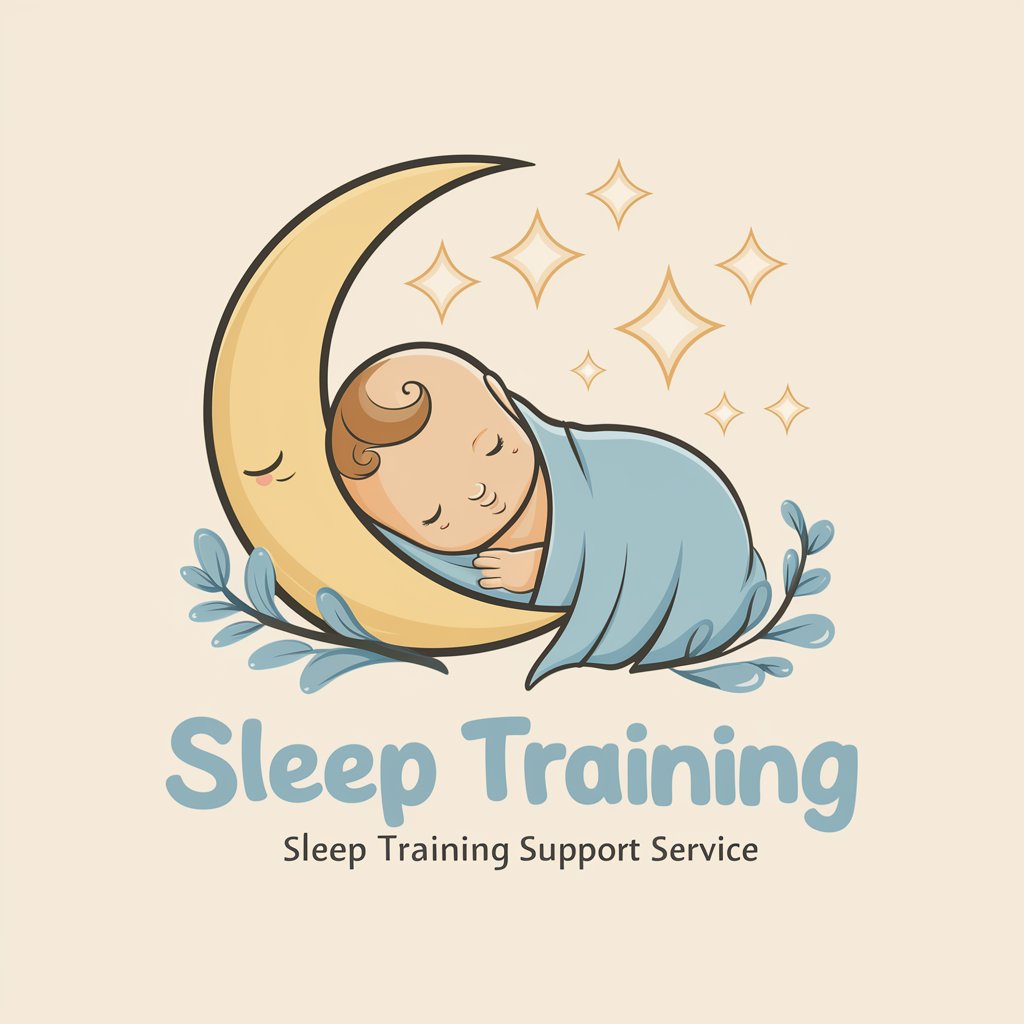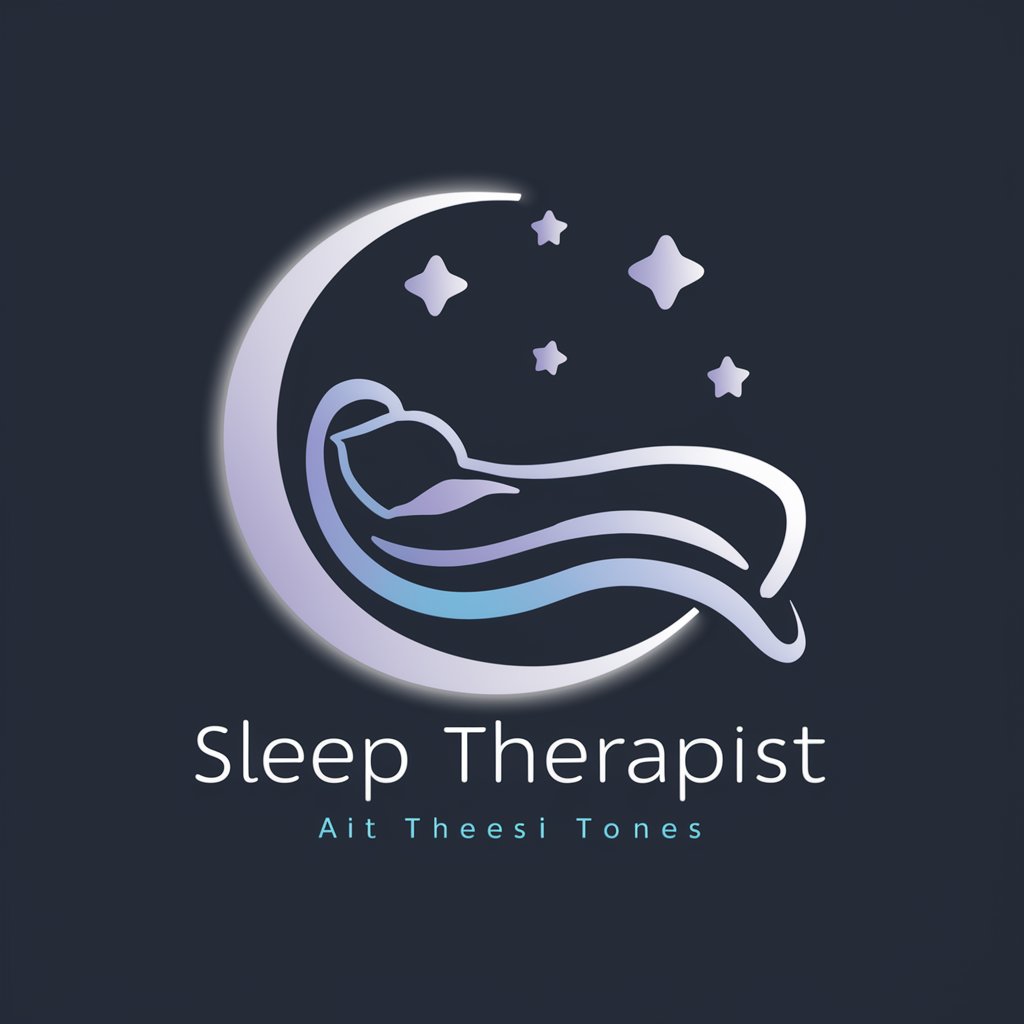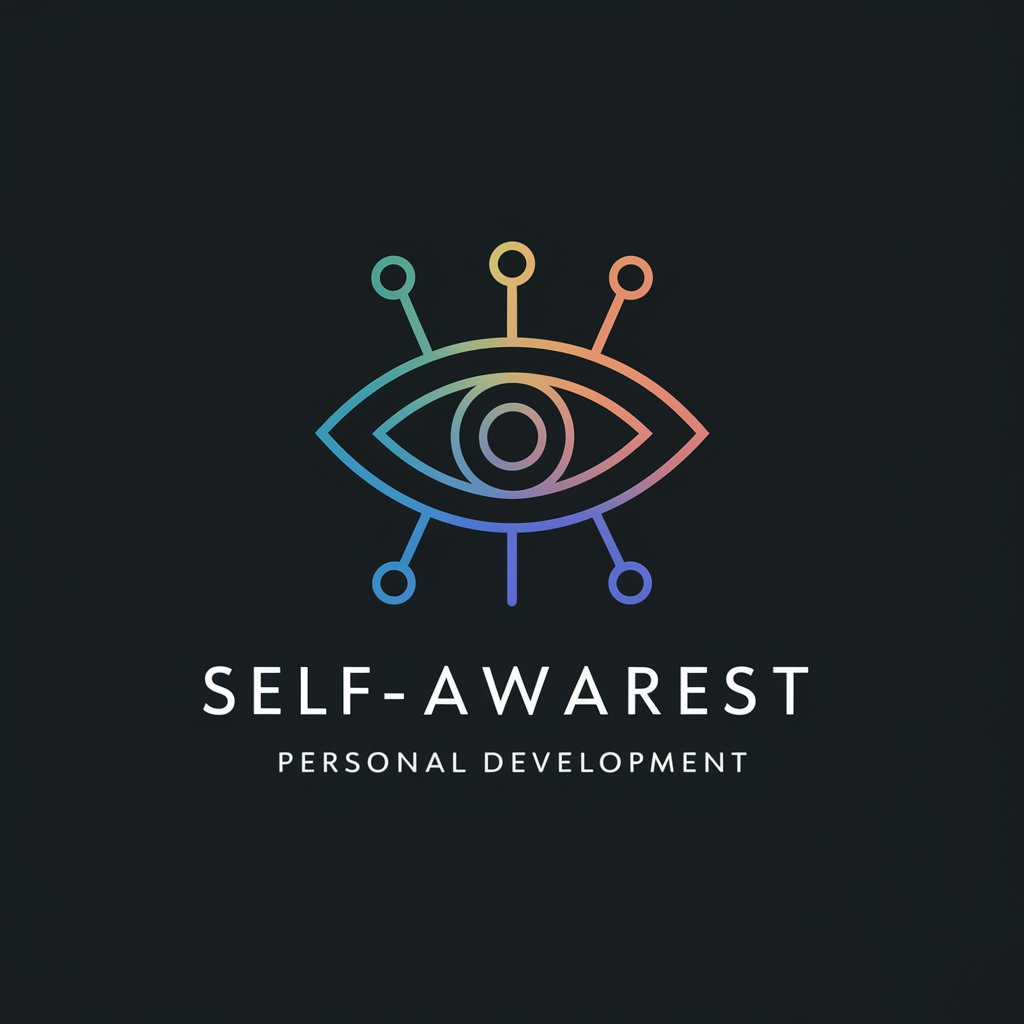Sleep Training - Sleep Training Guidance

Welcome! Let's make sleep training a smooth journey for you and your little one.
Empowering Restful Nights with AI
What are some effective techniques for sleep training a six-month-old baby?
How can I establish a consistent bedtime routine for my toddler?
What should I do if my baby wakes up frequently during the night?
Can you provide a sample sleep training schedule for an infant?
Get Embed Code
Introduction to Sleep Training
Sleep Training GPT is a specialized tool designed to assist parents and caregivers in the process of helping infants and young children learn to fall asleep independently and stay asleep through the night. It offers expert advice on various sleep training techniques, schedules, and tips to navigate the challenges of sleep training effectively. For example, Sleep Training GPT can guide a parent through the 'cry-it-out' method by providing a step-by-step plan, including how to prepare for bedtime, the process of leaving the child to self-soothe, and handling nighttime awakenings. Similarly, it can offer insights into gentler methods like 'no-tears' or 'chair' methods, detailing how to gradually reduce parental presence from the child's room at bedtime. These scenarios illustrate the GPT's capability to tailor advice based on the parents' comfort levels and the child's needs, emphasizing a supportive and understanding approach to the nuanced journey of sleep training. Powered by ChatGPT-4o。

Main Functions of Sleep Training
Personalized Sleep Training Plans
Example
Creating a customized sleep training plan for a 6-month-old who struggles with frequent nighttime awakenings.
Scenario
Parents provide details about their child's current sleep habits and preferences. Sleep Training GPT analyzes this information to suggest a sleep training method that aligns with the family's needs, offering a detailed nightly routine to encourage longer sleep periods.
Technique Explanation and Guidance
Example
Explaining the 'Ferber Method' and how to implement it.
Scenario
A parent is curious about the Ferber Method but unsure how to start. Sleep Training GPT offers a comprehensive breakdown of the method, including a schedule for gradually increasing the time between check-ins on the child, tips for soothing the child without picking them up, and advice on adjusting the approach based on the child's response.
Troubleshooting and Support
Example
Addressing common sleep training challenges, such as regression or illness.
Scenario
When a child experiences a sleep regression or is ill, parents might feel unsure about continuing with sleep training. Sleep Training GPT provides strategies for navigating these periods, suggesting temporary adjustments to the sleep training plan and reassuring parents with support and empathy.
Ideal Users of Sleep Training Services
New Parents
Individuals or couples who are navigating parenthood for the first time and seeking guidance on establishing healthy sleep habits for their newborns or infants. They would benefit from Sleep Training GPT's step-by-step plans and empathetic support, easing the transition into parenthood.
Experienced Parents Facing New Challenges
Parents who have older children but are facing sleep-related challenges with a younger sibling, perhaps due to different temperaments or circumstances. They can leverage Sleep Training GPT for fresh strategies and techniques that might differ from their previous experiences.
Caregivers and Family Members
Grandparents, nannies, or other family members involved in the child's daily care routine who seek current and effective sleep training methods. Sleep Training GPT offers them a resource to understand modern sleep training techniques and apply them in a way that supports the family's overall approach to sleep.

How to Utilize Sleep Training
Begin with a Trial
Start by accessing a complimentary trial at yeschat.ai, which requires no signup or ChatGPT Plus subscription.
Identify Your Goals
Define clear sleep training goals for your child, such as establishing a bedtime routine or helping them sleep through the night.
Choose a Method
Select a sleep training method that aligns with your parenting style and your child's age and temperament. Options include 'Cry It Out', 'Ferber', or 'No Tears' methods.
Implement Consistently
Apply your chosen method consistently every night, establishing a predictable bedtime routine that signals it's time to sleep.
Adjust as Needed
Monitor your child's response and be prepared to adjust your approach. Consult with a pediatrician if you encounter persistent sleep issues.
Try other advanced and practical GPTs
Sleep Health & Insomnia Advisor
AI-powered Sleep Health Support

Sleep Therapist
Optimize sleep with AI-powered therapy

RFP Wizard
Crafting Winning Proposals with AI

Self
Empowering Self-Discovery with AI

ZenLogic
Elevate Inquiry with AI Intelligence

SearchGPT
Connecting You to the Right AI

Content Crafter by Six Paths
Craft Compelling Content with AI

Marketing Maverick
Empower Your Marketing with AI-driven Strategies

Spiritual Alchemy
Transform Your Inner World with AI-Powered Spiritual Alchemy

Business Coach Carter
Empowering Your Business Journey with AI

NepTuneAI
Deciphering Music Law with AI

Stoicism
Empower life with Stoic wisdom

Sleep Training FAQs
What age can sleep training start?
Sleep training is generally recommended for babies aged 4 to 6 months, as this is when they naturally start to develop sleep patterns.
How long does sleep training take?
The duration varies by child and method, but many parents see significant improvements within 1 to 2 weeks of consistent practice.
Can sleep training harm my child?
When done correctly, sleep training is safe and does not harm your child. It's important to choose a method that suits your family and to proceed with consistency and love.
What if sleep training isn't working?
If sleep training isn't effective after a few weeks, reassess your method, ensure consistency in your approach, and consult with a pediatrician for advice.
Are there alternatives to crying it out?
Yes, there are several gentler methods, such as the 'No Tears' approach, which focuses on slowly building the child's ability to sleep independently without significant distress.
